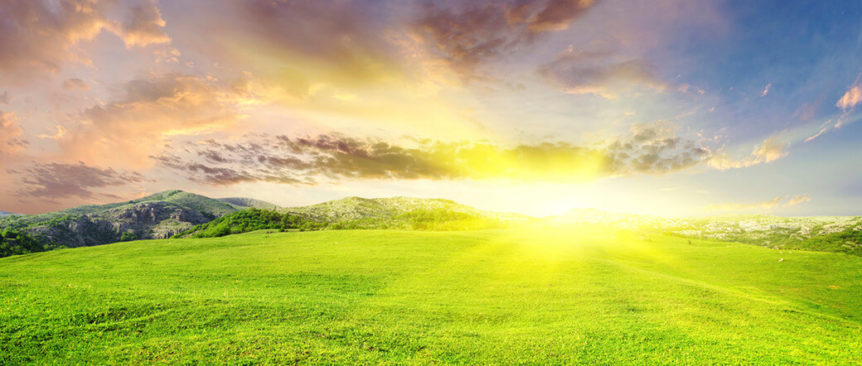Environmental degradation is an ongoing and challenging issue in today’s society. As the population of the human race expands exponentially, so to does our impact on the environment, and hence the ways in which to combat this problem are always evolving and proving more of a challenge.
Increased atmospheric CO2 has been the greatest of these challenges in recent years, and the biggest driver of environmental degradation. Since the industrial revolution, the atmospheric levels of CO2 have risen exponentially, and continue to do so to this very day, this has raised the global temperature of the Earth by 1.8 Fahrenheit since 1880. The effect of this on the environment has been as follows.
- Rising sea levels, globally
- Desertification of land
- Increased salinity
- Melting of land ice
- Habitat destruction
- Increased erosion
So how do we deal with degradations? There is no cure all option unfortunately, however there are a number of strategies that are available to us to combat the problems.
Water management is fundamental in fighting environmental degradation. Climate change greatly effects precipitation levels all over the world, some areas are seeing record highs and some record lows. In areas where precipitation levels are higher than ever before, a leeching effect occurs on the soil and habitat where nutrients are washed away into rivers, and the area becomes infertile and the fauna and flora suffers. A viable strategy to combat this is to plant flora to absorb the excess of rainwater to stop the leaching effect, the most suitable flora for this is any species of native tree. Additionally their roots act as supports for the soil, which increases soil stability and reduces erosion rates. This reverses the damage done and can lead to a more virtuous environment.
In areas where there are reduced rates of precipitation, water management in the form of reservoirs and dams is highly effective. As an environment begins to decline in abundance of fauna and flora due to a lack of water from climate change, humans must take on the roll of artificial water supplementation to that area via irrigation in order to preserve the environment.
Increased erosion from sea level rise and increased river flow can be a major component of environmental degradation, whole regions of coastal environment are being covered and destroyed by this. In Thailand they use Mangrove trees to combat this – Mangroves act as a reinforcing structure and shock absorber of the seas energy – and its very effective. However mangroves cannot grow in all areas of the world, sea marshes are a much more viable option for the rest of the world. In river settings, trees can be planted along the banks of rivers to act as stabilisers so the banks aren’t eroded away in seasons of high rainfall and high river output.
Melting of land ice and therefore reduced stores of freshwater and reduced habitat area for organisms is a substantial problem, and unfortunately there are few remedies other than reducing our global carbon footprint. Land ice is now melting at a rate of 11 percent per decade, destroying habitat for fauna and flora and removing a reliable source of fresh water, in order to combat this change their needs to be a drastic reduction in the use of fossil fuels as a means of creating energy.
Environmental degradation is a combination of increased human population, and increased technologies that require unsustainable input, leading to negative effects on the environment, as the face of the environment continues to change, so too will the strategies needed to combat the problem of environmental degradation.

